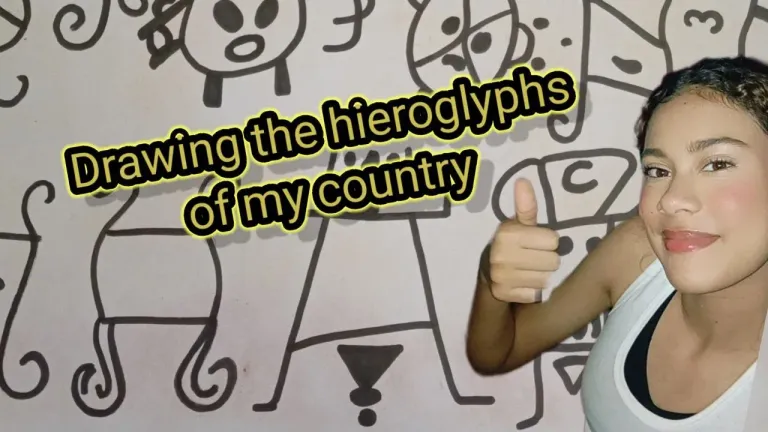
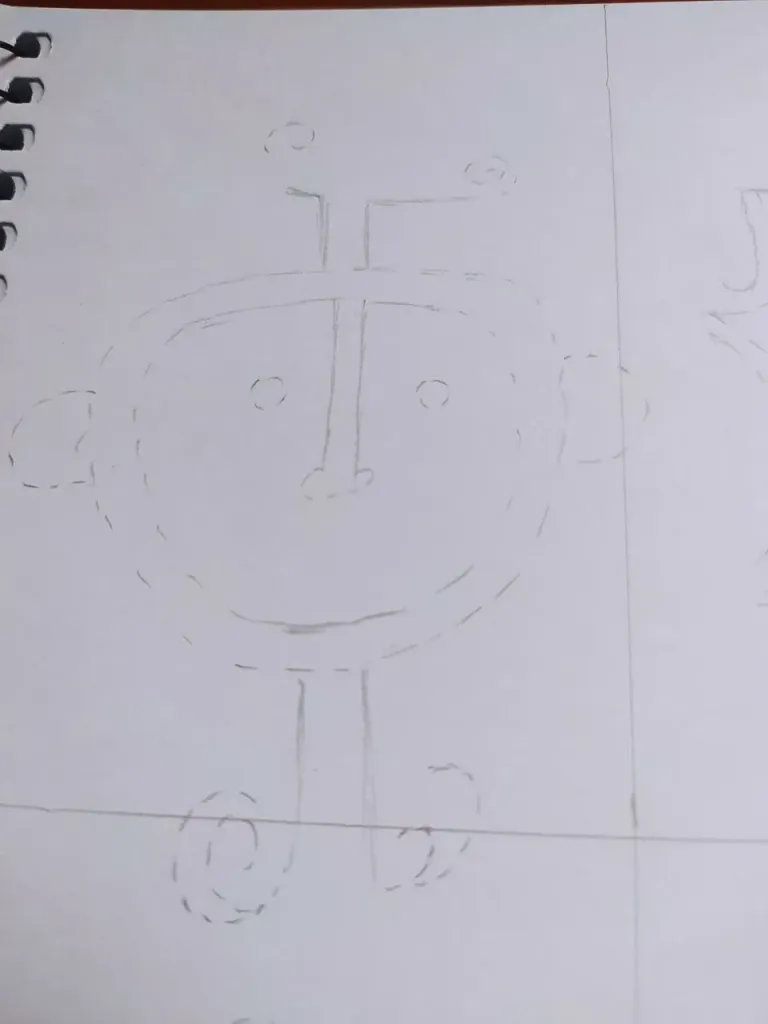





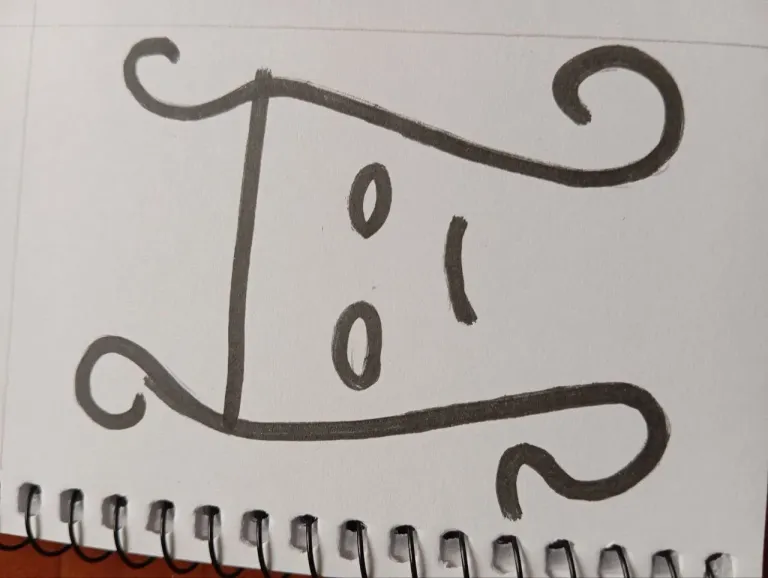
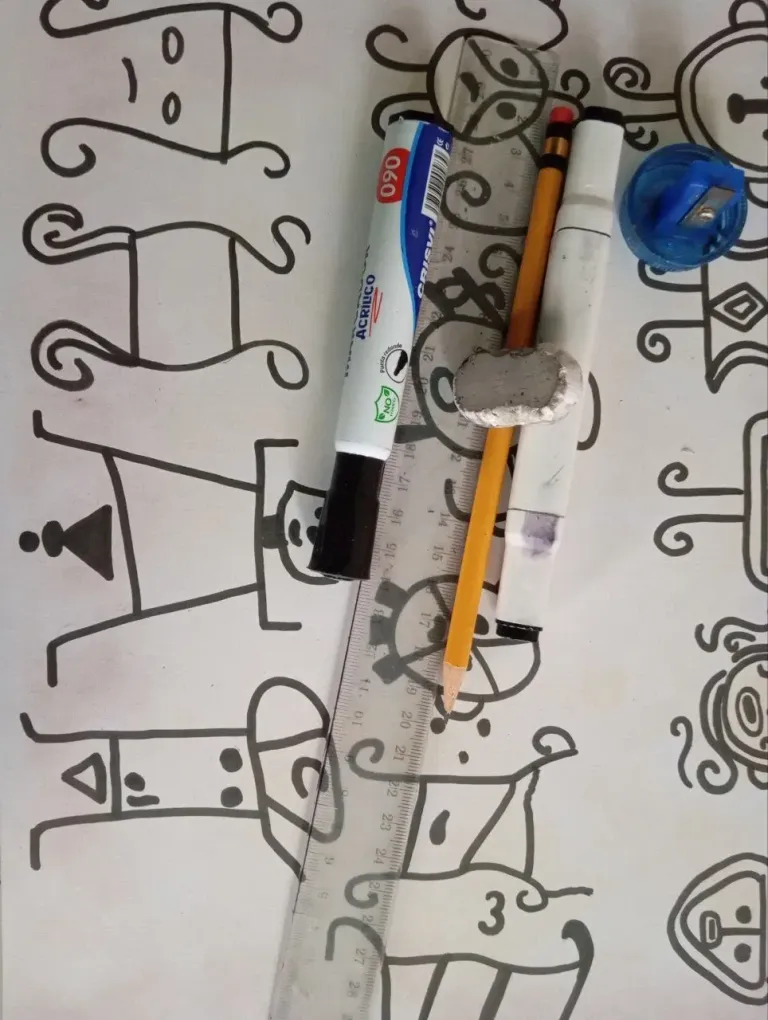
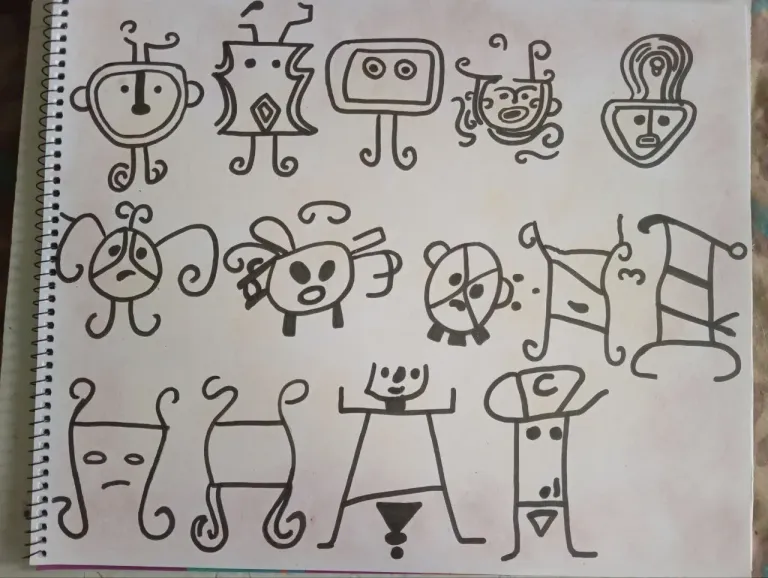
Hello Hive girls, 😍 Liketu boys. I hope everyone is well. As always, I feel great participating in the fourth #HiveAroundTheWorld challenge. I'm really excited about today's challenge because it's about...
Challenge Day 4: Something that connects you to your culture
Coincidentally, I recently had to write a project for school in the subject of Contemporary History of Venezuela and present about the petroglyphs located in the different states of Venezuela. I had to present about the petroglyphs or rock art located in the state of Carabobo, specifically at a site called Vigirima, which is part of Lake Valencia.
These petroglyphs are part of Venezuela's archaeological heritage because they are very important, estimated to be between 400 and 4,000 years old. I was surprised when I was researching how old they were. However, according to various investigations conducted by those who study this type of art, there are still many questions about the time and the indigenous family that created them, and the meaning of many of them is still unknown. Many scientists are still studying and analyzing them to provide us with more scientific data.
Despite all the doubts and mysteries surrounding these petroglyphs and their meanings, I am amazed that our ancestors used these examples of art either to communicate or express their art.
That is why today I decided to show them to you and made some drawings of the most representative petroglyphs of the country, including those found in the state of Carabobo, which are part of the culture of my country and the state where I reside.
You can find much of the information I used for my school work here in the following research paper.
I hope you like the drawings I made, which are considered part of Venezuela's cultural heritage; they were made by our ancestors and have great historical significance.
One of the petroglyphs I drew, one of the most representative, is the one called the Goddess of Rain or Fertility, a symbol of the city of Guacara. For me, this petroglyph is very artistic because it symbolizes a woman's birth. I believe it must have been a woman who made this representation. It would have been spectacular if she had left her signature to remove any doubt. Hehe
The materials I used to create the drawings were:
- white sheets of paper from my drawing mat
- graphite pencil
- eraser
- ruler
- sharpener
- markers
- I found references for the drawing in the following research paper
Thanks for reading, and I'll see you in a future post. Take care, bye, guys.
Spanish
Hola chicas de Hive, 😍 Chicos de Liketu. Espero que todos estén bien. Yo como siempre me siento genial participando en el cuarto reto #HiveAroundTheWorld . El reto de hoy me emociona mucho porque se trata
Reto Día 4: Algo que te conecta con tu cultura
Casualmente hace poco tuve que hacer para el colegio en la materia de Historia contemporánea de Venezuela un trabajo y exponer sobre sobre los petroglifos ubicados en los diferentes estados de Venezuela y a mí me tocó exponer sobre sobre los petroglifos o arte rupestre ubicados en el estado Carabobo específicamente en un sitio llamado Vigirima que forma parte del Lago de Valencia.
Estos petroglifos son patrimonio arqueológico en Venezuela porque son muy importantes ya que se estiman que tienen una antigüedad de entre 400 y 4000 años, me quedé sorprendida cuando estaba investigando de que tuviesen tanto tiempo; sin embargo, según varias investigaciones que han hecho los que hacen estudios de este tipo de arte es que todavía hay muchas dudas sobre el tiempo y la familia indígenas que los elaboraron, además que aún se desconocen el significado de muchos de ellos. Todavía hay muchos científicos que los están estudiando y analizando para poder darnos datos más científicos.
A pesar de todas las dudas y misterios que hay sobre estos petroglifos y sus significados a mi me asombra que nuestros antepasados utilizaran estas muestras de arte bien sea para comunicarse o expresar su arte.
Es por ello que hoy decidí mostrárselos a ustedes e hice unos dibujos de los petroglifos más representativos del país y de los encontrados en el estado Carabobo y que forman parte de la cultura de mi país y de el estado donde resido.
Mucha de la información que utilicé para mi trabajo escolar la podrán encontrar aquí en el siguiente trabajo de investigación
Espero les guste los dibujos que realicé y que son considerados patrimonio cultural de Venezuela; ya que fueron realizados por nuestros ancestros y tienen un significado histórico de gran importancia.
Uno de los petroglifos que dibujé y es uno de los más representativos es el denominado Diosa de la lluvia o de la fertilidad, símbolo de la ciudad de Guacara. Este petroglifo para mí tiene mucho de arte porque simboliza el parto de la mujer, yo creo que tuvo que haber sido una mujer quien hizo esta representación, sería espectacular que hubiese dejado su firma para no tener ninguna duda. jejejje
Los materiales que utilicé para elaborar los dibujos fueron
- hojas blancas de mi mlock de dibujo
- lápiz grafito
- borrador
- regla
- sacapunta
- marcadores
- referencias para realizar el dibujo las encontré en el siguiente trabajo de investigación
Invito a @robotgirl2024 y @sacra97
Gracias por leerme y nos vemos en un próximo post. Cuídense, Chao chicos.
Fuentes
Fotos tomadas con un celular Redmi 13
Utilicé Google Translator
For the best experience view this post on Liketu

